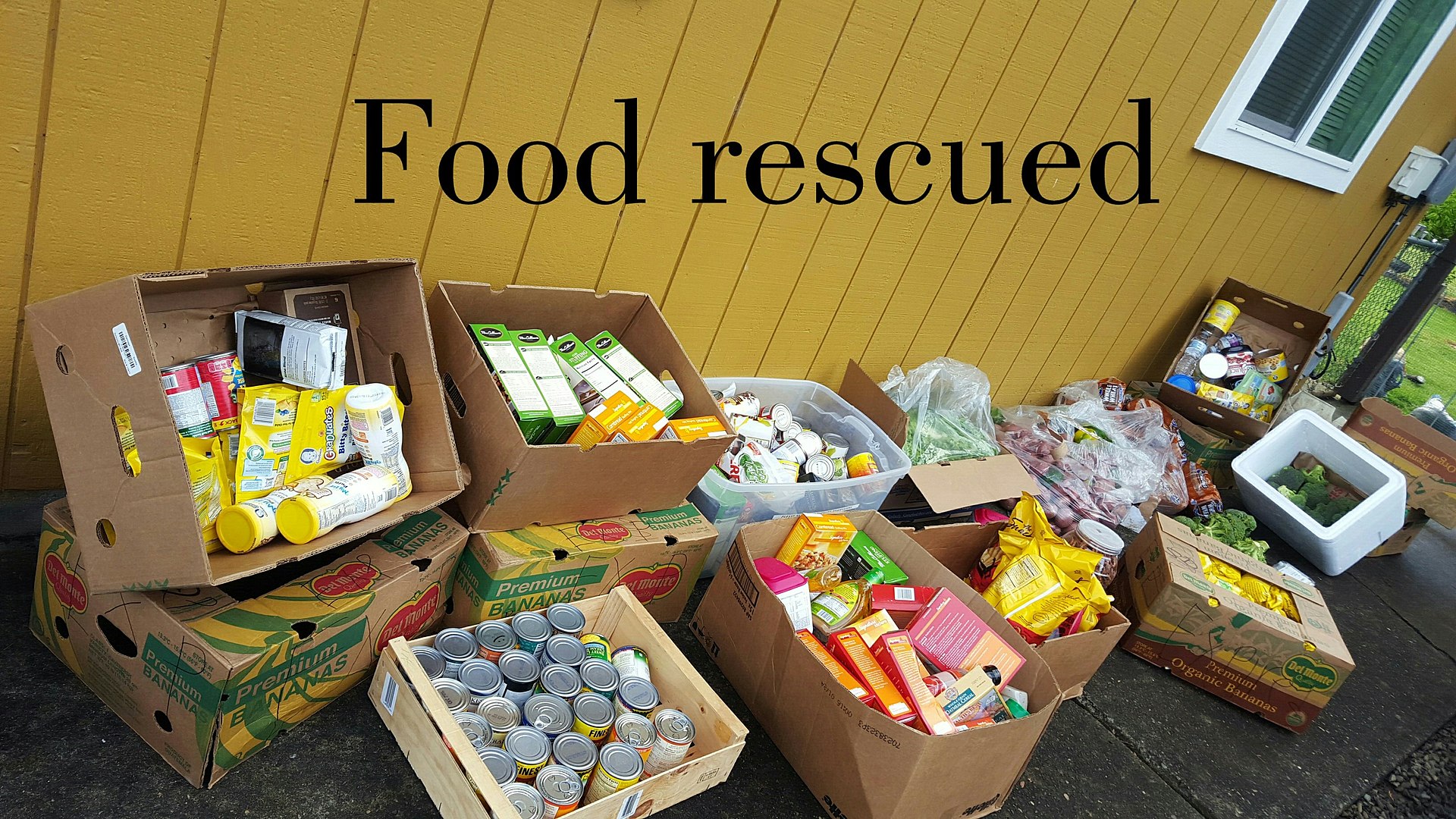Food Rescue
Food rescue is the practice of collecting surplus food that would otherwise go to waste and redirecting it to people in need or to animal feed.
It is a critical component of efforts to reduce food waste and alleviate food insecurity.
Food rescue typically involves several key steps:
- Identifying potential sources of surplus food, such as grocery stores, restaurants, caterers, and other food businesses that may have excess food that is still safe and edible.
- Collecting and transporting surplus food to a local facility such as food banks, soup kitchens, or shelters, that have the infrastructure in place to receive and distribute the rescued food.
- Sorting and storing the surplus food.
- Distributing the food to people in need.
Animal Feed
Food waste is often used to feed animals as it can provide a cheap source of nutrients.
Food waste includes any food that is not consumed by humans, including expired food, food scraps, and surplus food from grocery stores and restaurants. These can be collected and processed to create animal feed.
Feeding food waste to animals can have some benefits, such as reducing the amount of waste sent to landfills, lowering feed costs for farmers, and reducing the environmental impact of food waste. Additionally, food waste can contain a variety of nutrients that can be beneficial for animals, including protein, carbohydrates, and fats.

Source: ABC News Australia
Food Banks and Pantries
Food relief plays a crucial role in addressing food insecurity, which is a widespread problem in many communities.
They help to ensure that people who are struggling to make ends meet have access to nutritious food, and can provide a lifeline for families who are experiencing financial hardship or other challenges
By collecting surplus food that would otherwise go to waste, food banks and pantries help to reduce food waste while also providing much-needed assistance to individuals and families who are struggling to access healthy, nutritious food.
They are a central point to store surplus food and redistribute it to the communities in need.
Food Waste Kitchens
Food waste kitchens are organizations that work to reduce food waste by rescuing surplus food from restaurants, grocery stores, and other sources, and using it to prepare meals for people in need.
These organizations operate on the principle that food that might otherwise go to waste can be transformed into nutritious, tasty meals that can help to address food insecurity in their communities.
Food waste kitchens are an innovative and effective way to address multiple social and environmental challenges, while also bringing people together to share in the joy of cooking and eating delicious, healthy food
Food Waste Upcycling
Food waste upcycling is the process of transforming food that would otherwise be discarded into new products with higher value and functionality.
Rather than being sent to landfill or recycled, rescued food waste is repurposed into new food products.
For example, surplus fruits and vegetables can be processed into juices, snacks, and condiments.
By upcycling food waste, valuable resources are recovered, reducing the environmental impact of food production and waste disposal. It also presents opportunities for new products and revenue streams in the food industry.
Take Action
Are you an action oriented person who would love to lean into tackling the food waste crisis?
Please get involved and join our community of purpose-driven people around the world that would like to see systemic change that reduces food waste.
Join FREE today and become a
Founding Member at Climateers
Food Waste Climateers is part of the wider global network of Climate Solutions Ecosystems.
By joining our mailing list for free today you can become one of the 10,000 Founding members at Climateers.
You’ll receive lifetime Founding Member benefits including bragging rights of helping to create the Social Tipping Point to help rewrite the end of the Climate Crisis story.

